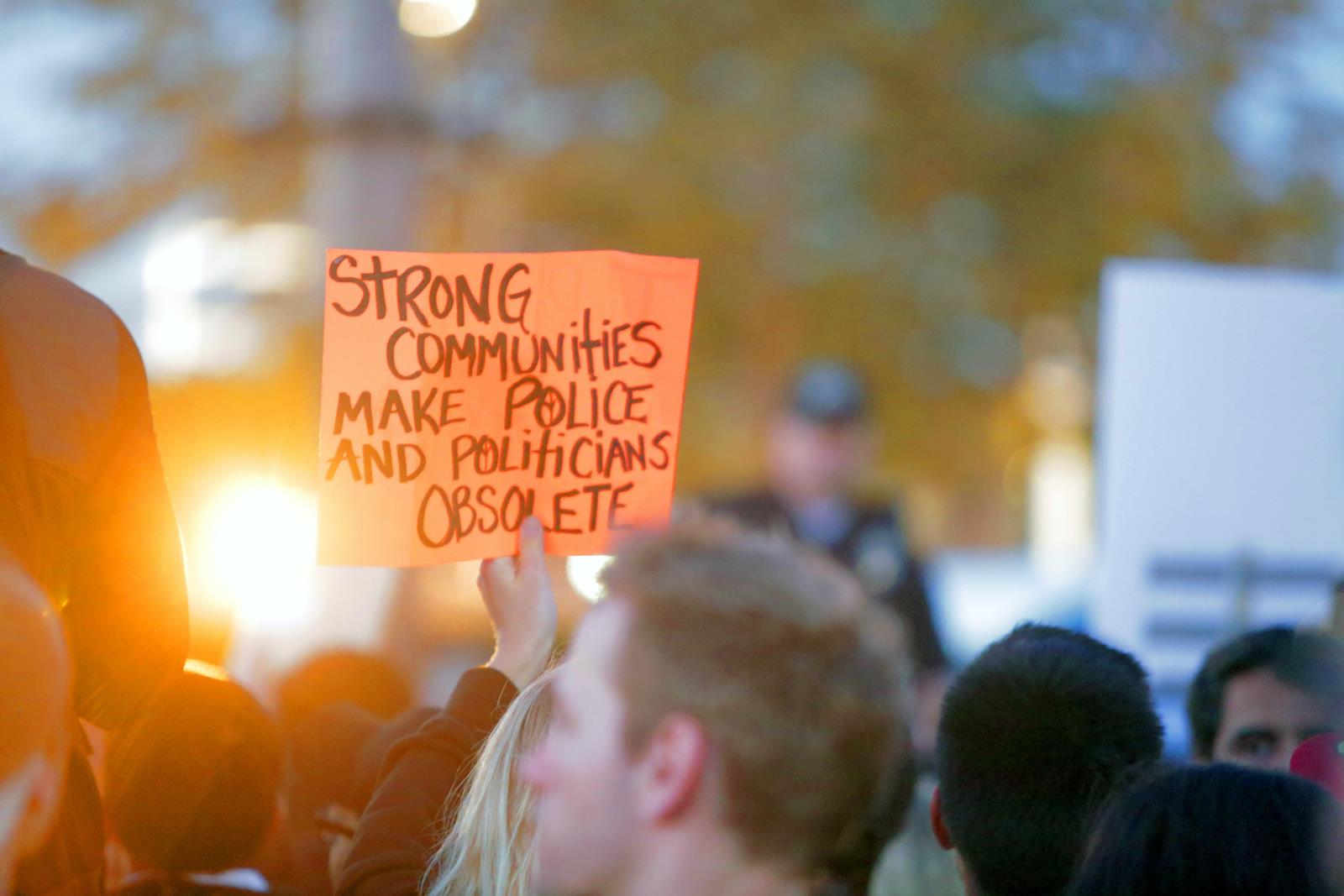
Legislation related to criminal justice adapts to political movements, social changes, technical developments, and growing awareness of systematic inequalities—it is not a fixed framework. Aiming at a more fit mix of public safety, responsibility, and individual rights, major developments over the past 10 years have transformed the way justice is sought and delivered. The criminal justice system is changing from adjustments in punishment and police enforcement to increasing use on technology and reevaluation of rehabilitative programs. Not only do technological advancements reflect in these legal changes, but also evolving ideas and goals in contemporary government reflect in them. Understanding these developments calls for thorough examination of the forces behind reform as well as the effects on legal practitioners, communities, and the people whose life crosses with the law. This paper looks at important features of these changes and how they will affect the direction of justice going forward.
Sentencing Reform and Reduction of Mandatory Minimums
Sentencing laws represent one of the most important areas of reform in recent years; especially, the change away from strict mandatory minimum terms for non-violent offenses. After extensive campaigns for unfairly harming underprivileged areas and enabling mass imprisonment, legislators and judges are finally reevaluating these sentencing policies. Legislatively allowing more discretion in sentencing, states both within and outside of the United States have been highlighting specific circumstances over general consequences.
Sometimes these changes center on drug charges, in which case mandatory minimums formerly enforced significant jail sentences regardless of the background or danger involved. Courts are better qualified to balance rehabilitation, diversion programs, and other sanctions that might better benefit the offender and the community by lowering or removing these requirements. Critics worry about safety issues while advocates assert that a more customized, evidence-based approach improves long-term results and lowers recidivism.
Policing Practices and Accountability Measures
Law enforcement accountability is another major reform in criminal justice policy. Widespread public outrage over well documented instances of police misconduct has driven further study on police behavior. Legal changes now call for more open complaint systems, clearer standards of responsibility, body camera requirements, limits on the use of force, some countries have either changed or eliminated qualified immunity provisions, therefore allowing victims of misbehavior more legal redress.
These developments are a component of more general initiatives meant to restore confidence between law enforcement and the people under custody. Among the newly enacted legislation highlighting de-escalation training, prejudice awareness, and community-based police measures meant to minimize injury before it starts are Public safety still depends on law enforcement, but the rules controlling behavior are changing to guarantee ethical standards are maintained and that abuse of power is less likely to go unreported or unpunished.
Use of Technology and Digital Surveillance
In criminal justice, technology is becoming increasingly important and influences legislative design and implementation. More especially, digital surveillance, forensic technologies, and data analytics depend on criminal investigations. Face recognition software, cellphones monitoring, and predictive police algorithms are among the potent technologies that also raise great privacy, discrimination, and due process issues. New rules are therefore being developed to regulate and manage these technologies.
Legislatures are trying to define the extent of permitted monitoring, decide what in the digital era qualifies as a reasonable search and seizure, and control law enforcement’s artificial intelligence deployment. Courts often find themselves struggling with formerly unheard-of questions about digital evidence and the limits of allowed surveillance. These legal developments draw attention to the conflict between innovation and civil liberties as well as how modern legal protections have to match technical advancement to protect basic freedoms.
Expanding Rehabilitation and Reentry Support
Reforms meant to improve reintegration results for former prisoners are shaped by a focus on rehabilitation rather than punishment. Many judicial systems are moving from punitive models toward restorative methods realizing that secure housing, work, and mental health assistance are fundamental in lowering recidivism. Laws are created to either seal or erase small offense criminal records, therefore allowing reintegration into society.
Legal assistance and financing are available for programs providing vocational training, education within prisons, and addiction treatment. These advances show that one realizes that the basic reasons of criminal conduct cannot be resolved by a punitive strategy by itself. Viewing criminal justice as a continuum spanning beyond sentence and into reintegration promotes legal reforms to break the cycle of imprisonment and enhance long-term community well-being.
Juvenile Justice System Reforms
Reforms in the juvenile justice system also mirror more overall changes in society’s perspective on responsibility, maturity, and rehabilitation. Growing agreement is that the justice system should not treat young children and teenagers like little adults. Many countries are therefore lowering the minimum age for prosecution, restricting the situation in which young people might be prosecuted as adults, and increasing diversion programs stressing behavioral restoration over punishment.
These modifications should let young people transform free from permanent legal penalties because they acknowledge the developmental facts indicating their capacity for change. Laws are progressively supporting restorative justice methods wherein young offenders seek atonement and face the consequences of their deeds. This paradigm not only solves the breach but also promotes human development and responsibility in a supportive rather than a punishing surroundings.
Conclusion
Legislation pertaining to criminal justice is changing significantly in line with increasing knowledge that justice should be fair and truthful. Policies on punishment, police responsibility, technology control, rehabilitation programs, juvenile justice are changing the way the system runs and affects on people. These legislative changes result in a more deliberate, compassionate, scientifically based approach to justice than in inflexible, punishing ones. Inspired mostly by a dedication to long-term social health, equality, and openness are these initiatives. The development of criminal justice legislation will remain a significant point of contention and activity as legislators, attorneys, and communities keep seeking institutional changes. In the end, the quality of a fair legal system depends on how well it protects rights, fosters change, and upholds dignity for everyone instead of just how harshly it punishes.